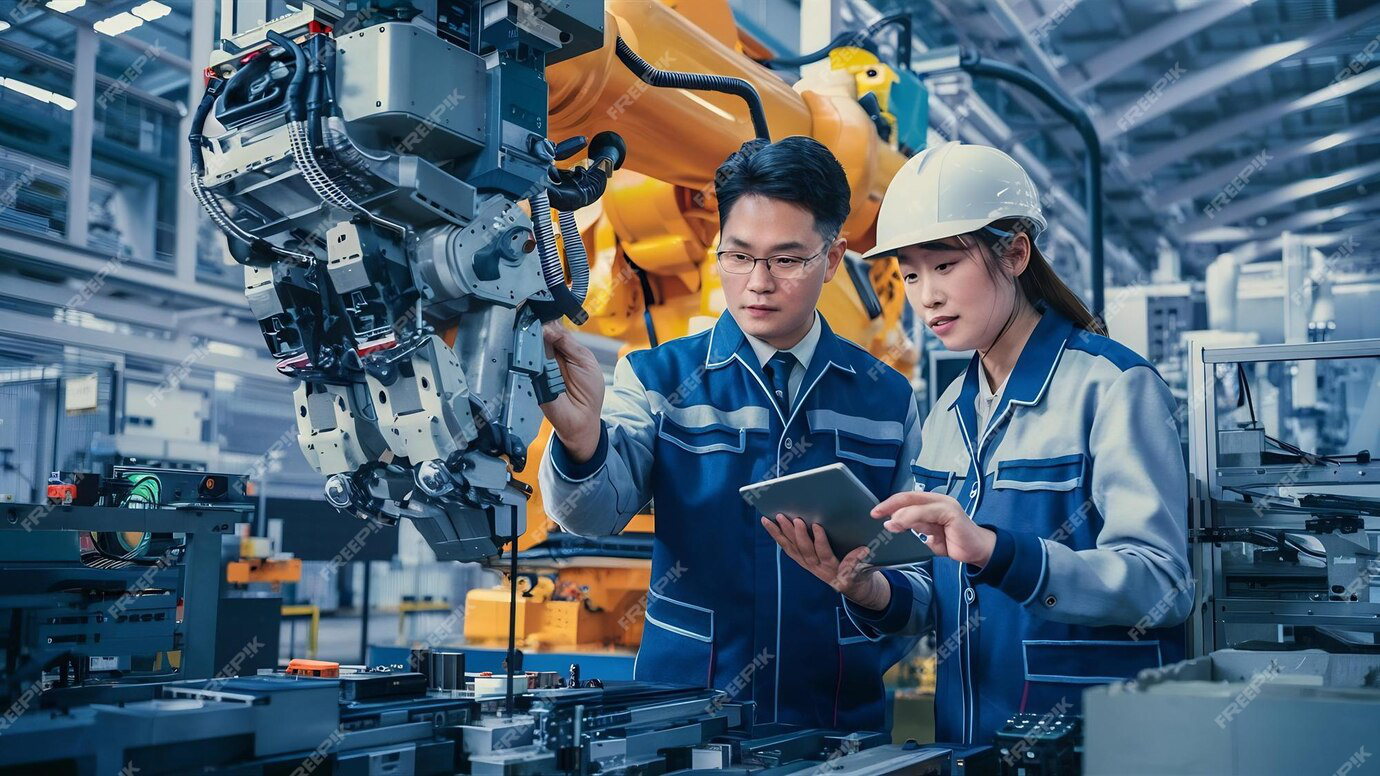AI is revolutionizing the way we work—streamlining tasks, enabling real-time data insights, and automating complex systems. But as machines take on more of the what and how, the why and who remain distinctly human domains. In this new reality, the role of managers and leaders is evolving from overseeing tasks to nurturing people. And that shift demands a different mindset, one rooted in empathy, emotional intelligence, and intentional leadership.
The truth is, AI cannot replace human connection. It cannot comfort someone going through a personal crisis, navigate subtle workplace tensions, or coach someone through a confidence crisis. These are the spaces where leadership proves its true value. Leaders today must learn to harness AI for efficiency, while doubling down on their role as culture-builders, mentors, and visionaries.
1. Shift from Control to Coaching
In the AI age, information is democratized and widely accessible. The leader is no longer the gatekeeper of knowledge—but the catalyst for growth. Leaders must become coaches, guiding employees to think critically, use AI wisely, and make decisions aligned with organizational values. As Bill Campbell, known as “The Trillion Dollar Coach,” emphasized, “Leadership is about recognizing that there’s a greatness in everyone, and your job is to create an environment where that greatness can emerge.”
2. Lead with Emotional Intelligence
While AI can interpret patterns and data, it cannot read the room, pick up on silent frustrations, or detect morale dips—at least not in meaningful, empathetic ways. Managers must grow in self-awareness, empathy, and relationship management. Leaders who listen deeply, communicate clearly, and care genuinely will always stand apart. Daniel Goleman, the pioneer of emotional intelligence, reminds us: “The rules for work are changing. We’re being judged by a new yardstick—not just by how smart we are, but by how we handle ourselves and each other.”
3. Create Psychological Safety
In a world where automation can cause job insecurity, psychological safety is more essential than ever. Leaders must be transparent about how AI will be used, involve employees in conversations about change, and reinforce that their value lies not just in output, but in creativity, collaboration, and problem-solving. People need to feel safe to speak up, experiment, and adapt without fear.
4. Build a Learning Culture
AI will continue to evolve. The only constant is change. Managers must foster a culture of continuous learning—where upskilling, curiosity, and adaptability are part of the organizational DNA. Leaders should model this themselves: stay informed about AI trends, invest in training, and encourage teams to explore, question, and grow. helping employees—and leaders themselves—develop the human and adaptive skills needed to thrive alongside AI. While AI handles routine and technical tasks, people need to excel in what machines can’t do: critical thinking, creativity, emotional intelligence, collaboration, and adaptability. These training efforts help organizations stay human in an increasingly automated world. They’re not just about keeping up with technology—they’re about getting ahead through humanity.
5. Anchor Everything in Purpose
People don’t commit to companies—they commit to missions. In the age of AI, where automation can feel impersonal, leaders must articulate a strong, human-centered purpose. Why does our work matter? How do we make a difference? Leaders must connect the dots between organizational goals and human aspirations.
Conclusion
AI may be transforming the tools of work, but it doesn’t replace the essence of leadership. In fact, it amplifies the need for better leaders—those who can inspire, coach, and connect. As the workplace becomes more digital, leaders must become more human. That’s not a contradiction. It’s a calling.


